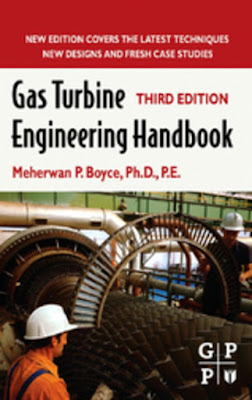Mechanical Interview questions- Material and Metallurgy
1. What is the difference between isotropic and anisotropic
materials?
If a material exhibit same
mechanical properties regardless of loading direction, it is isotropic ie .homogeneous
cast materials . Materials lacking this property are anisotropic.
2.what are orthotropic materials?.
It is a special class of
anisotropic materials which can be described by giving their properties in
three perpendicular directions.
3. Explain the effects of
alloying chromium and nickel in stainless steel?
Addition of nickel and chromium
increases the tensile strength and increase in resistance to corrosion takes
place.
4.What are the principal
constituents of brass?
Principal constituents of brass
are copper and zinc.
5.What is curie point?
Curie point is the temperature
at which ferromagnetic materials can no longer be magnetised by outside forces.
6.Specific strength of
materials is very high when they are in fibre size but lower when they are in
bar form~Why?
Crystal structure has ordered
by repeating arrangement of atoms. Fibers are liable to maintain this band thus
have high specific strength. As size increases the condition of ordered and
repeating arrangements can't be guaranteed because of several types of defects
and dislocations and thus the specific strength gets lower.
7.If percentage elongation of a
material is more than 200 percentage it is classified as ?
Rubber
8.Why is it that the maximum
value which the residual stress can reach is the elastic limit of the material?
A stress in excess of elastic limit,with
no external force to oppose it,will relieve itself by plastic deformation until
it reaches the value of the yield stress.
9.Why fatigue strength decrease
as size of a part increases beyond around 10 mm?
Perfection of material
conditions is possible at lower sizes as size increases it is not possible to
attain uniform structure of the material.
10.While normal carburizing and
nitriding surface treatments increase fstigue strength, excessive
treatments May decrease the fatigue strength. Why?
Normal carburizing/ Nitriding
treatments increase volume due to phase transformation at surface and introduce
residual compressive surface stress and thus increase the fatigue strength. By
excessive treatment the high compressive stresses are introduced but these are
balanced by high internal tensile stresses of equal and the subsurface fatigue
cracks may develop in the regions of high tensile stress and lead to early
fatigue failure.
11.Which theories of failure
are used for ductile materials and brittle materials?
For ductile materials theories
of failure used are maximum shear stress theory and maximum energy of
distortion theory, while for brittle materials theory of maximum principal
stress and maximum strain are used.
12.What is the common element
between brass and bronze?
Copper.
13.Define ceramics?
It is a solid formed by
combination of metallic and non metallic elements.
14.How oxygen can be removed
easily from molten steel. What harm hydrogen has on property on steel?.
Oxygen can be removed by
adding elements such as manganese, silicone or aluminum which, because of their
high affinity for oxygen, react with it to form non metallic oxides which rise
into the slag. Steels which have had most of their dissolved oxygen removed are
called fully killed steels.
15.what is the difference
between alpha iron, Delta iron, and gamma iron?
The bcc form of iron exists
between room temperature and 910degree Celsius and between 1400 degree Celsius
and the melting point at 1539 degree Celsius. The lower temperature form is
known as alpha iron and the higher temperature form as delta iron.The face
centered cubic form existing between 910 degree Celsius and 1400 degree Celsius
to as gamma iron.
16.What is the difference between
isotropic material and homogeneous materials?
In homogeneous materials the
composition is same throughout and in isotropic material the elastic constants
are same in all directions.
17. What is mass transfer and state fick s law?
Transfer of one constituent
from a region of higher concentration to that of lower concentration is known
as mass transfer.
Mass transfer by molecular
diffusion is analogous to conduction of heats in solids and is stated by Ficks
law according to which rate of mass flux of the diffusing component in
mole/sec/unit area is equal to diffusivity and the local concentration gradient
of the diffusing component.



Comments
Post a Comment